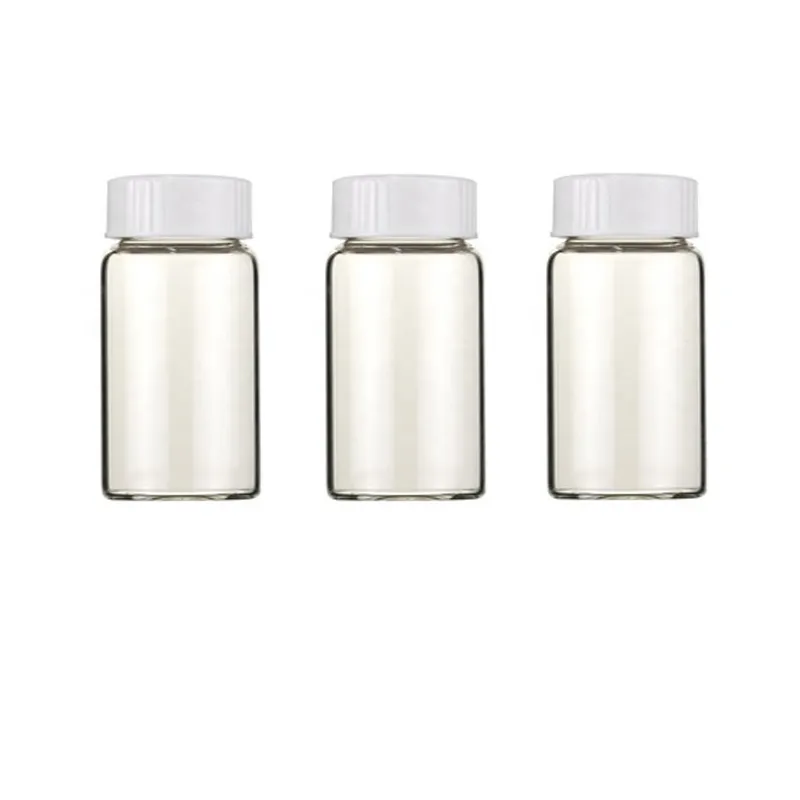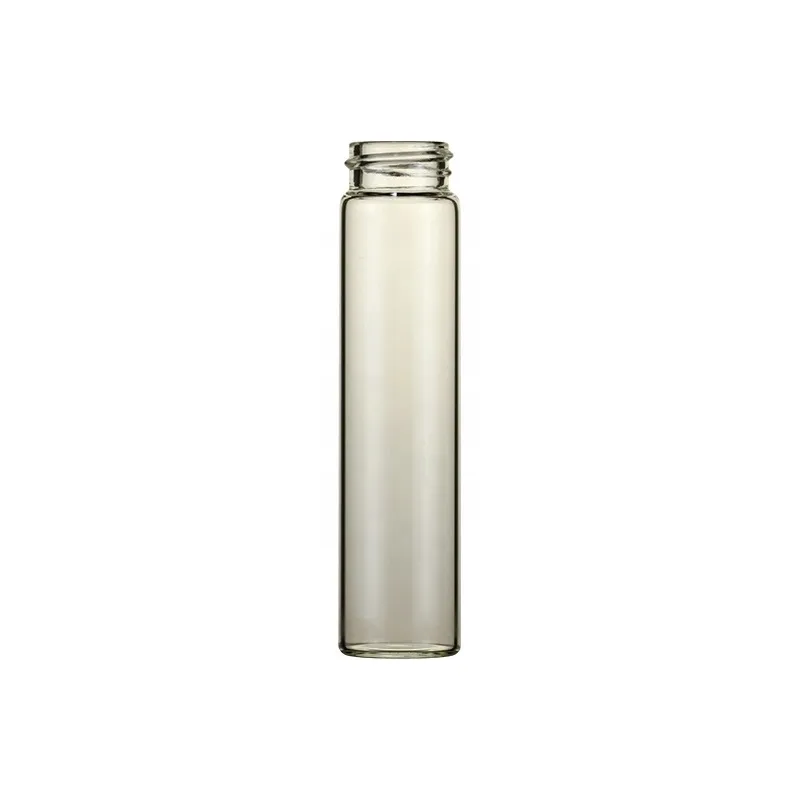High Borosilicate Glass Vials vs Plastic Vials
In the realm of scintillation vials, the choice of material is critical for ensuring the integrity of experimental results. This article focuses on comparing high borosilicate glass with plastic, emphasizing the numerous advantages and benefits that make high borosilicate glass an optimal choice for experimental vials

High borosilicate glass is a special type of glass known for its excellent heat and chemical resistance. Boron oxide has a higher content and performs well in laboratory and industrial applications.
It can withstand changes between different temperatures and maintain visual clarity. Its low coefficient of thermal expansion and chemical inertness make it a reliable choice for scientific experiments, pharmaceuticals, and various industrial processes.
Chemical Resistance and Inertness
- High borosilicate glass:
High borosilicate glass is known for its excellent chemical resistance and inertness. Therefore, high borosilicate glass is often used as a material for laboratory scintillation vials. It can provide a stable environment for the sample to ensure that the materials used to make the small scintillation vial itself do not interact with the experimental content.
- Plastic:
Plastic vials may exhibit varying degrees of chemical compatibility and pose a risk of interaction with certain solvents or chemicals. This may have consequences that could compromise the integrity of experimental and sample results.
Durability and Fragility
- High borosilicate glass:
Glass vials are essentially more durable than plastic vials, as they have higher resistance to scratches and damage. This durability improves the lifespan of the small vial and also reduces the risk of experimental errors or even failures due to container damage.
- Plastic:
Plastic vials have lower resistance to physical stress and may be more susceptible to scratches or even damage, which can affect the quality of the sample and cause contamination.
Visual Inspection
- High borosilicate glass
Glass provides excellent transparency, which facilitates visual inspection of the sample. Researchers can visually evaluate samples and sample conditions without affecting the integrity of the experiment.
- Plastic
Compared to glass, the visibility of plastic vials may be reduced, thereby limiting the ability to accurately visually inspect samples. This lack of visual clarity may hinder the identification of potential issues during the experimental process and have a negative impact on the smooth progress of the experiment.
Environmental Precautions
- High borosilicate glass
Glass vials are recyclable, which helps establish environmentally friendly laboratories for sustainable development. The recyclability of glass helps to reduce the negative impact of disposable materials on the environment.
- Plastic
The waste, exhaust gas, and other harmful substances generated from the production and treatment of plastic materials will have a greater negative impact on the environment. For practicality and cost-effectiveness, experimenters tend to prefer glass products over plastic products.
Sample Integrity and Contamination Risk
- High borosilicate glass
Glass vials can ensure that the risk of sample contamination is minimized, as they do not allow chemicals in the vials to leach or seep into the sample. This is crucial for maintaining the purity and accuracy of experimental results.
- Plastic
Plastic vials, due to their high risk of destructiveness and instability, have a significantly increased likelihood of leaching chemicals into the sample, especially when exposed to certain solvents, where the plastic may react with it, leading to sample contamination. This poses a potential threat to the accuracy and reliability of experimental data.

 Italiano
Italiano Português
Português

Thank you for your sharing. I am worried that I lack creative ideas. It is your article that makes me full of hope. Thank you. But, I have a question, can you help me?
Thank you very much for your affirmation. We welcome all reasonable questions.
I like this site very much, Its a real nice place
to read and obtain info.Raise your business
Thank you, please continue to follow
I don’t think the title of your article matches the content lol. Just kidding, mainly because I had some doubts after reading the article.
Thanks for sharing. I read many of your blog posts, cool, your blog is very good.
Thank you, please continue to follow.
Your article helped me a lot, is there any more related content? Thanks!
Thanks for sharing. I read many of your blog posts, cool, your blog is very good.
Thanks for sharing. I read many of your blog posts, cool, your blog is very good.
Thanks for sharing. I read many of your blog posts, cool, your blog is very good.
Thanks for sharing. I read many of your blog posts, cool, your blog is very good.